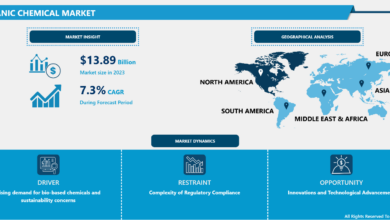Report says North Carolina lacks transparency in disclosing COVID relief spending

(The Center Square) – North Carolina was among the states with limited disclosure of its Coronavirus Relief Fund spending, according to a new report on transparency in CRF spending.
The CRF was established from the federal Coronavirus Aid, Relief and Economic Security (CARES) Act. The act was signed into law by former President Donald Trump in March 2020 and gave states a total of $111.8 billion to cover COVID-19-related costs.
The report was published by the nonpartisan nonprofit Good Jobs First, a Washington-based policy center that tracks subsidies and promotes accountability.
North Carolina was among 26 other states that Good Jobs First classified as having “some disclosure.” Only six states were classified as having exemplary disclosure of CRF spending information: Alabama, Georgia, Illinois, Michigan, Massachusetts and Wyoming.
“The CARES Act intentionally gave state leaders wide flexibility for how the money was spent, to target the specific needs of their residents,” the report said. “How and on what they spent the money is crucial to letting the public determine whether it was put to good use.”
North Carolina received more than $4 billion for its CRF when Congress passed the CARES Act. It fits in the category of states that disclosed basic information on CRF spending, such as awardee names and allocations to state agencies and programs websites, but still lacked details on how awardees spent their funds.
North Carolina’s CRF information page is easily accessible but lacks education and health data, the report said. However, the state is more transparent than 17 other states and the District of Columbia, which have not posted any of the basic information. Some other states’ online CRF data is poorly detailed, hard to find, and doesn’t enable public engagement, according to the report.
“Recipient and vendor spending descriptions were of high importance to us, as they give constituents a detailed picture of how CRF money was ultimately spent,” the report said. “State pages with this information were treated as examples of good disclosure. States without spending websites or with websites with very little information were considered as poor disclosure.”
The policy center recommends states follow the “exemplary disclosure” practices for the other tranches of COVID-19 federal relief aid they have received. The report also calls for the U.S. Treasury to revise its required categories for quarterly reports and mandate governments to post quarterly reports to the U.S. Treasury’s website broken down by agency, sub-recipient and vendors.
“As we’ve documented, most states are doing a middling to poor job of disclosing their uses of CARES Act CRF funds,” the report said. “Fortunately, they now have a second chance to improve their performance: The American Rescue Plan Act has the Coronavirus State and Local Fiscal Recovery Fund Program (CSLFRF), which at $350 billion, is far larger than CRF, its CARES Act counterpart.”
Disclaimer: This content is distributed by The Center Square


